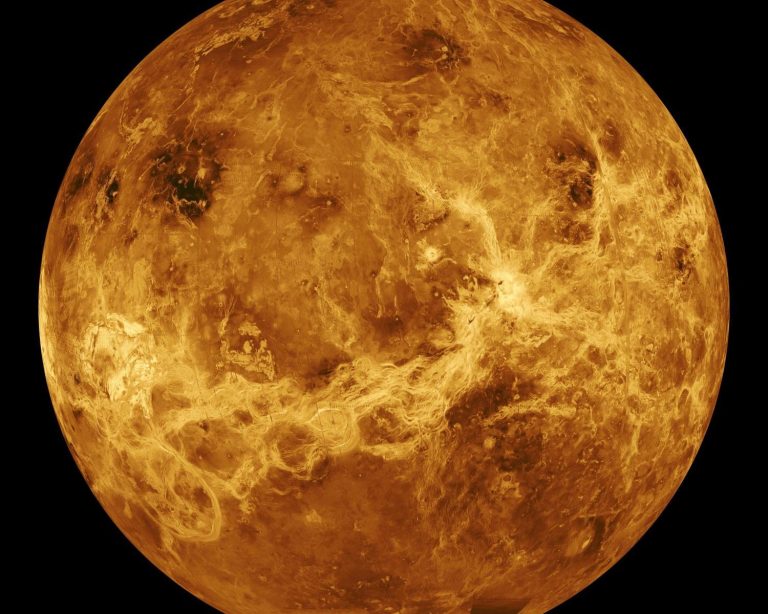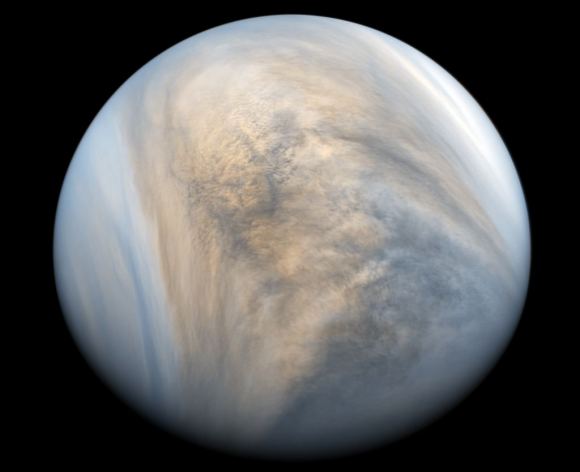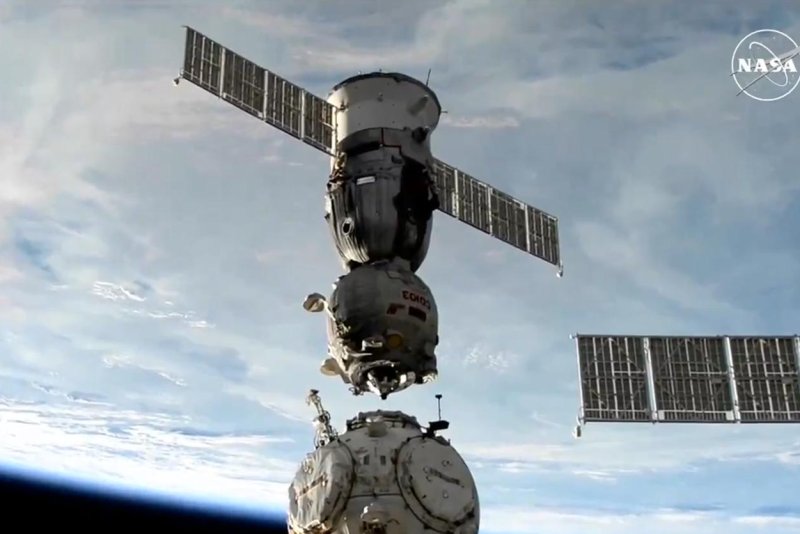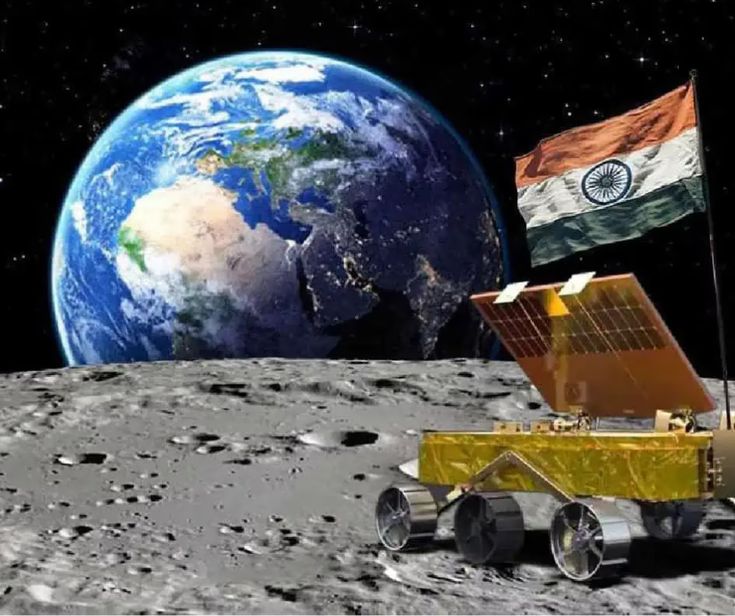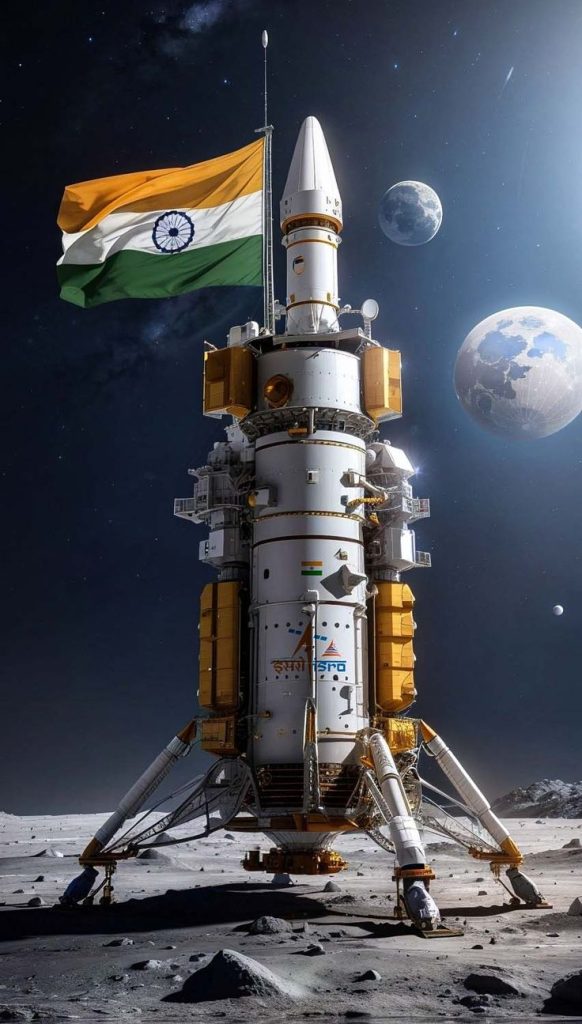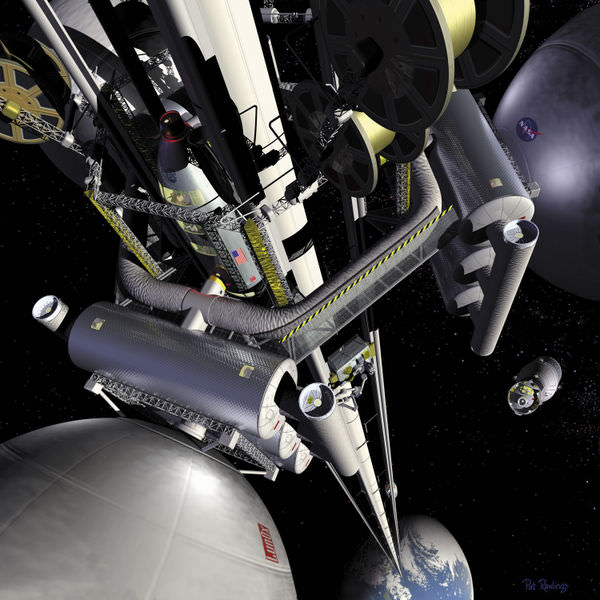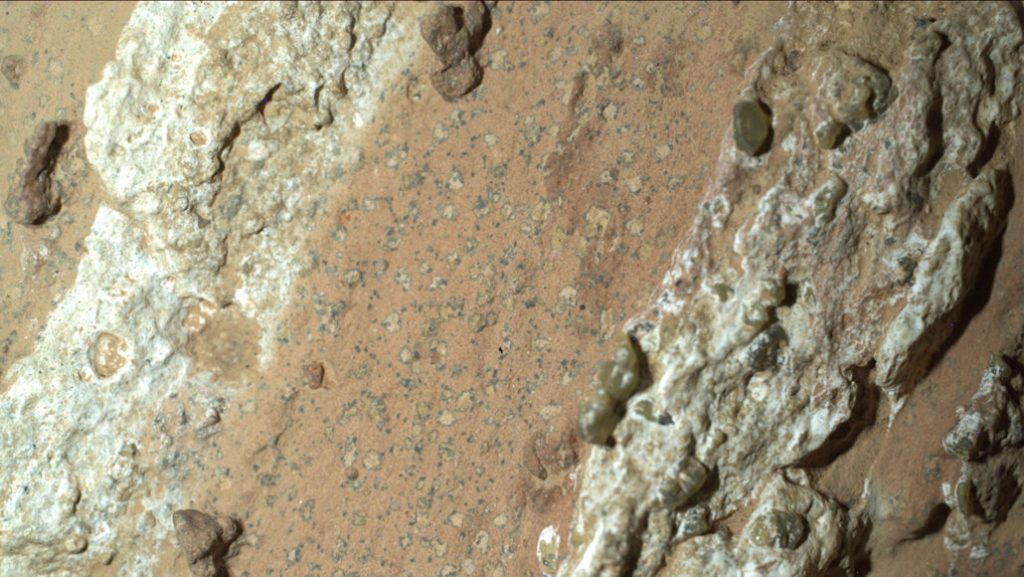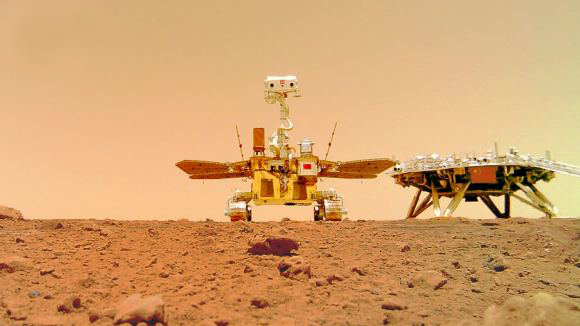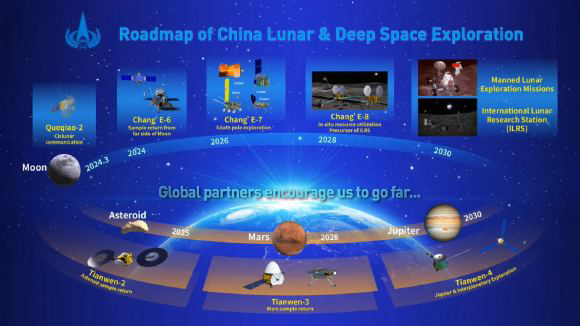FAA Grounds SpaceX Falcon Rocket Again After Second-Stage Malfunction
The FAA has grounded SpaceX’s Falcon rockets for the third time in three months due to a second-stage malfunction. The launch suspension affects major satellite launches and upcoming space exploration missions. SpaceX’s Falcon 9 rocket encountered a second-stage issue after launching a crewed mission to the ISS. The malfunction could cause delays in NASA and ESA’s upcoming missions, including the Europa Clipper and Hera mission. SpaceX is investigating the issue, working closely with the FAA to address the root cause of the malfunction.
Summary
- FAA Grounds SpaceX after a malfunction in the Falcon 9 rocket’s second stage.
- Malfunction Details: The second-stage failed to fire its Merlin Vacuum engine, causing the rocket to miss its targeted deorbit burn area.
- Mission Delays: Satellite launches and NASA/ESA space missions face delays.
- Falcon 9’s second-stage malfunction follows a successful Dragon Crew launch to the ISS.
- Space Debris Risk: A failure in the rocket’s deorbit burn increased the risk of orbital debris.
- Previous Incidents: SpaceX had experienced two other grounding incidents earlier this year.
- SpaceX’s Response: SpaceX acknowledged the issue and is working on a solution before resuming launches.
- FAA Involvement: The FAA will likely conduct an investigation as a result of the malfunction.
- Upcoming Missions at Risk: The ESA’s Hera mission and NASA’s Europa Clipper could be delayed.
- Falcon 9’s Reliability: Despite the incident, Falcon 9 has a strong track record with only one major failure in the past seven years.
- Impact on SpaceX: Delays could affect SpaceX’s legal dispute with the FAA over previous rocket incidents.
- SpaceX’s Solution: They plan to resolve the problem before the next scheduled launch.
- Environmental Impact: Space debris from failed rockets could pose a threat to space operations.
- SpaceX’s Safety: The company’s track record ensures that safety is a top priority, with quick responses to technical failures.
- Mission Windows: The time-sensitive ESA and NASA missions require tight coordination, making delays critical.
- Falcon Heavy: A Falcon Heavy rocket is set to launch the Europa Clipper on a $5 billion mission to Jupiter.
Main Article
The Federal Aviation Administration (FAA) has grounded SpaceX’s Falcon rocket fleet for the third time in three months following a second-stage malfunction. This latest incident occurred during a high-profile mission that successfully transported two astronauts to the International Space Station (ISS) aboard a Dragon Crew capsule on Saturday. While the capsule reached its destination without issue, the rocket’s second stage suffered a failure less than 30 minutes after the astronauts were delivered into orbit.
This malfunction caused the FAA to halt additional SpaceX launches, including two major missions: the launch of OneWeb satellites and a Starlink satellite mission. The disruption could also impact critical upcoming solar system exploration missions from NASA and the European Space Agency (ESA), both of which have narrow launch windows scheduled for later this month.
The Second-Stage Failure
The Falcon 9’s Merlin Vacuum engine, designed to boost the rocket’s second stage into a higher orbit, failed to fire correctly. The second stage was tasked with executing a deorbit burn, a maneuver intended to guide the rocket safely back to Earth by burning up in the atmosphere. Without the proper deorbit burn, debris from the rocket could potentially fall outside of the designated area, leading to space debris concerns.
In a statement, SpaceX acknowledged the issue, stating:
Falcon 9’s second stage was disposed in the ocean as planned, but experienced an off-nominal deorbit burn. As a result, the second stage safely landed in the ocean, but outside of the targeted area.”
SpaceX has since been working on identifying the root cause of the malfunction. Although the issue was not catastrophic, the FAA requires a full investigation before launches can resume.

The failure of the deorbit burn raised concerns over space debris, often referred to as orbital space junk. Debris from failed rocket stages can pose significant risks to other spacecraft, satellites, and space stations in low Earth orbit. The FAA’s grounding of the Falcon rockets highlights the growing concern over maintaining safety in an increasingly crowded space environment.
This is not the first time SpaceX has faced issues with its rockets. Earlier this year, a Falcon 9 rocket suffered a second-stage explosion that sent several Starlink satellites on a destructive trajectory. Additionally, a Falcon 9 first stage made a crash landing on a drone ship after a different mission.
Impact on NASA and ESA Missions
The Hera mission, developed by the ESA to explore the Didymos binary asteroid system, and NASA’s Europa Clipper mission, which aims to study Jupiter’s moon Europa, are both at risk of delays. These missions have specific launch windows that must be adhered to in order to reach their destinations efficiently. Any delays could push back these high-priority exploration missions, costing both agencies valuable time and resources.
| Mission | Agency | Launch Window | Destination |
|---|---|---|---|
| Hera Mission | ESA | October 7-27 | Didymos Binary Asteroid System |
| Europa Clipper | NASA | October 10-30 | Jupiter’s Moon Europa |
The potential delay of these missions is particularly concerning for NASA’s Europa Clipper, a $5 billion project that seeks to unlock the mysteries of one of the solar system’s most intriguing moons. The Falcon Heavy rocket, which shares its second-stage design with Falcon 9, is slated to carry this mission.
SpaceX’s Response and Investigation
SpaceX has a track record of quick response times and thorough investigations following any malfunctions. In July, a previous second-stage failure led to a 15-day suspension of Falcon 9 flights. The company determined that the issue was a liquid oxygen leak, which was quickly resolved with modifications to the rocket’s design. Similarly, SpaceX is expected to rapidly identify and fix the current malfunction.
Despite these setbacks, Falcon 9 remains one of the most reliable rockets in the world, with a success rate of over 98% across more than 200 launches. However, the FAA’s involvement complicates the situation. SpaceX is currently embroiled in a legal dispute with the agency over delays in authorizing the fifth test flight of its Starship rocket at its South Texas facility. This dispute, combined with the current suspension, could result in further delays for SpaceX’s ambitious space exploration goals.

| Rocket | Mission Success Rate | Notable Issues |
|---|---|---|
| Falcon 9 | 98% | Second-stage failures, first-stage landing mishaps |
| Falcon Heavy | 100% | None |
SpaceX’s Falcon Heavy is still scheduled to launch NASA’s Europa Clipper mission later this month, assuming the investigation wraps up in time. The company’s ability to learn from its mistakes and implement solutions swiftly will likely prevent further interruptions in its busy launch schedule.


